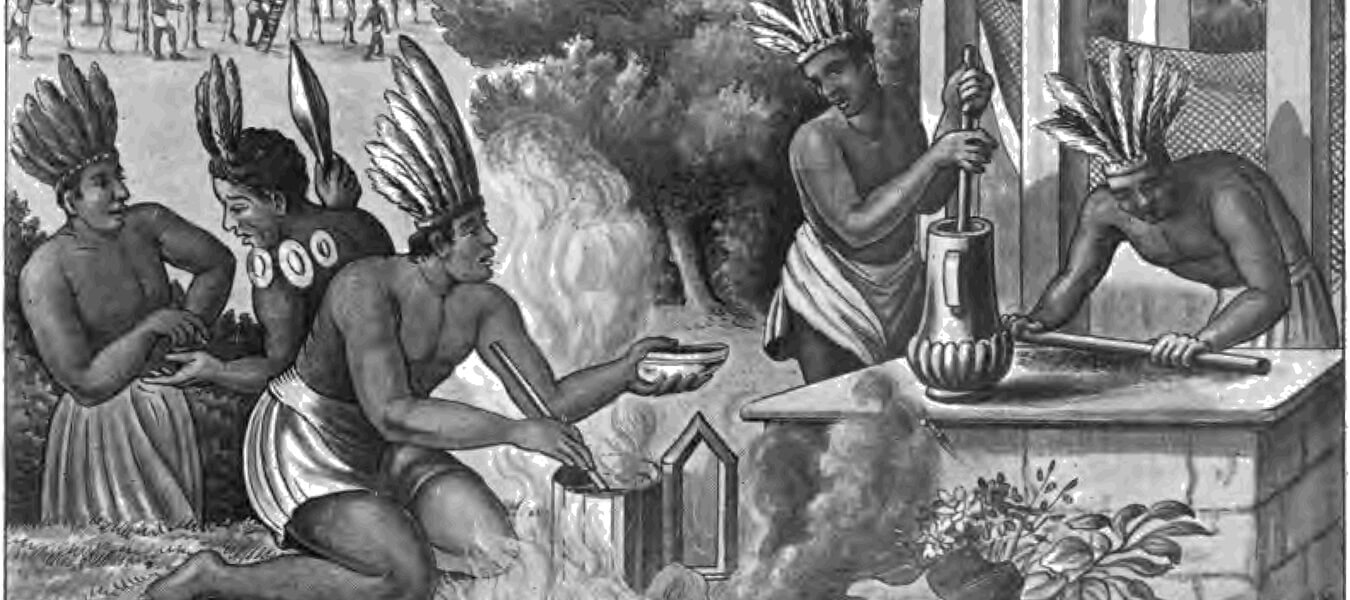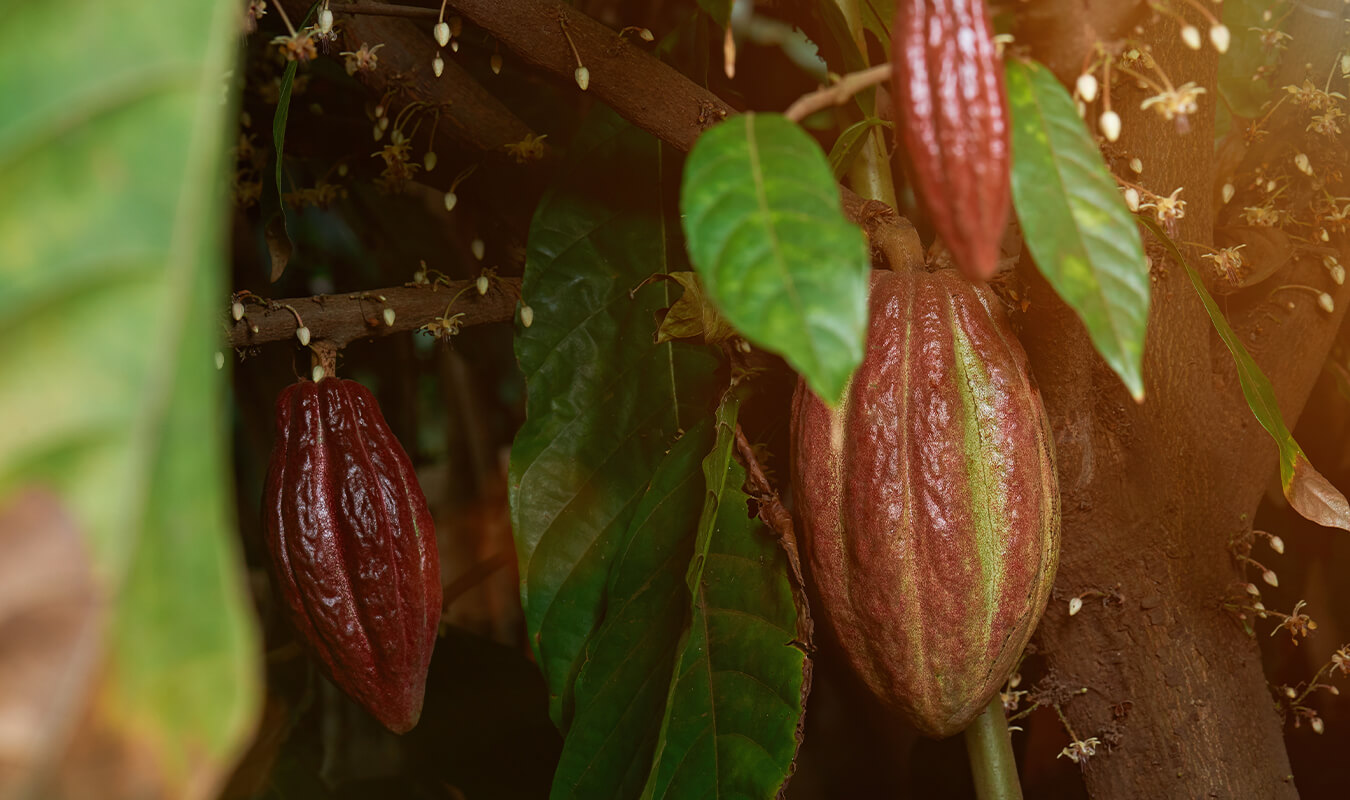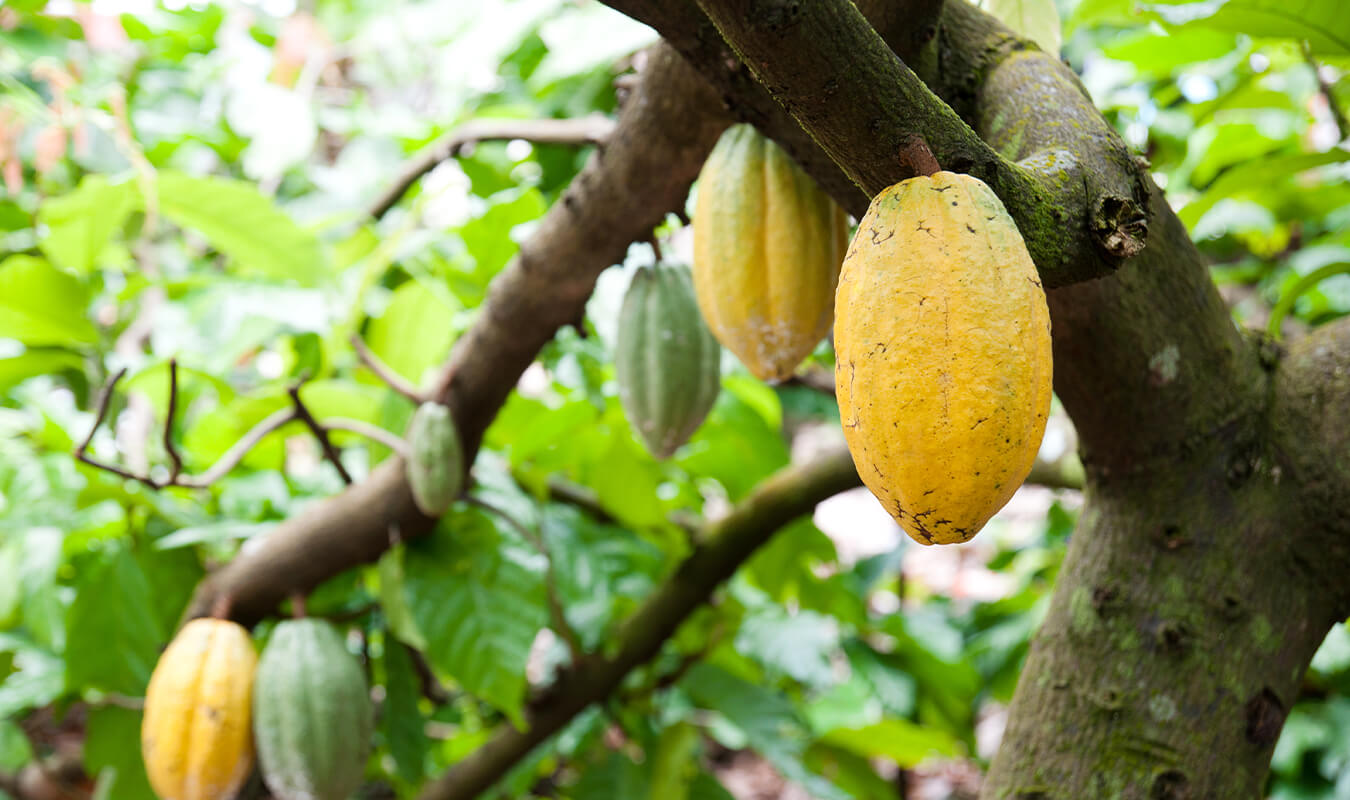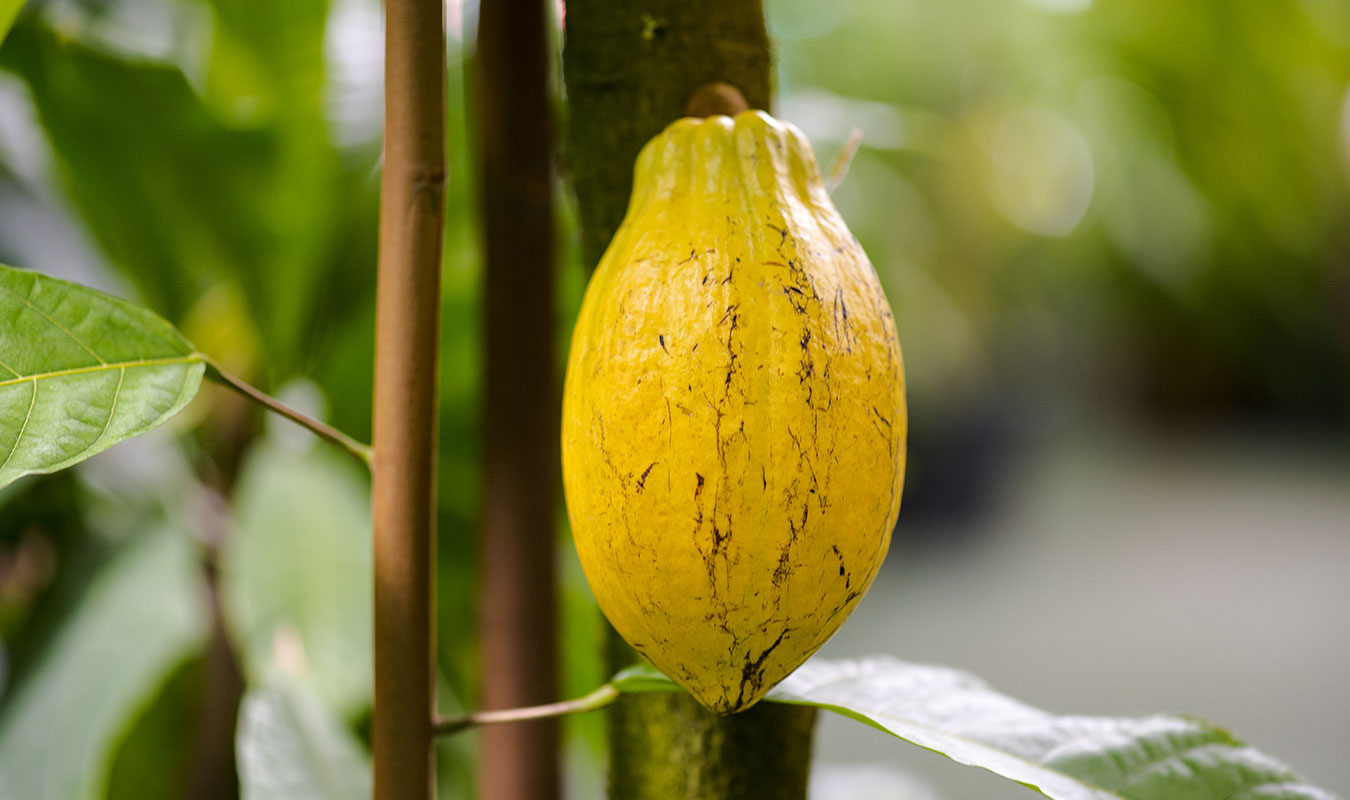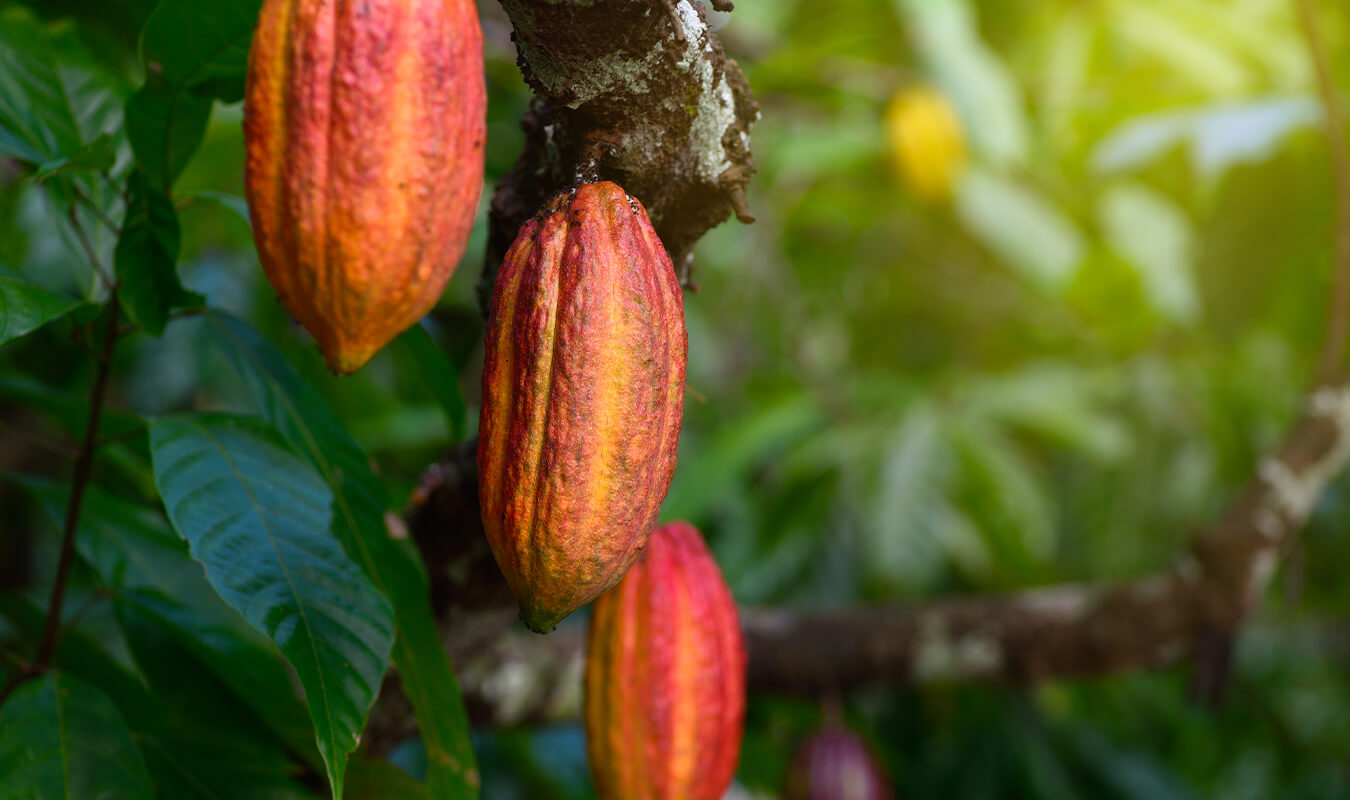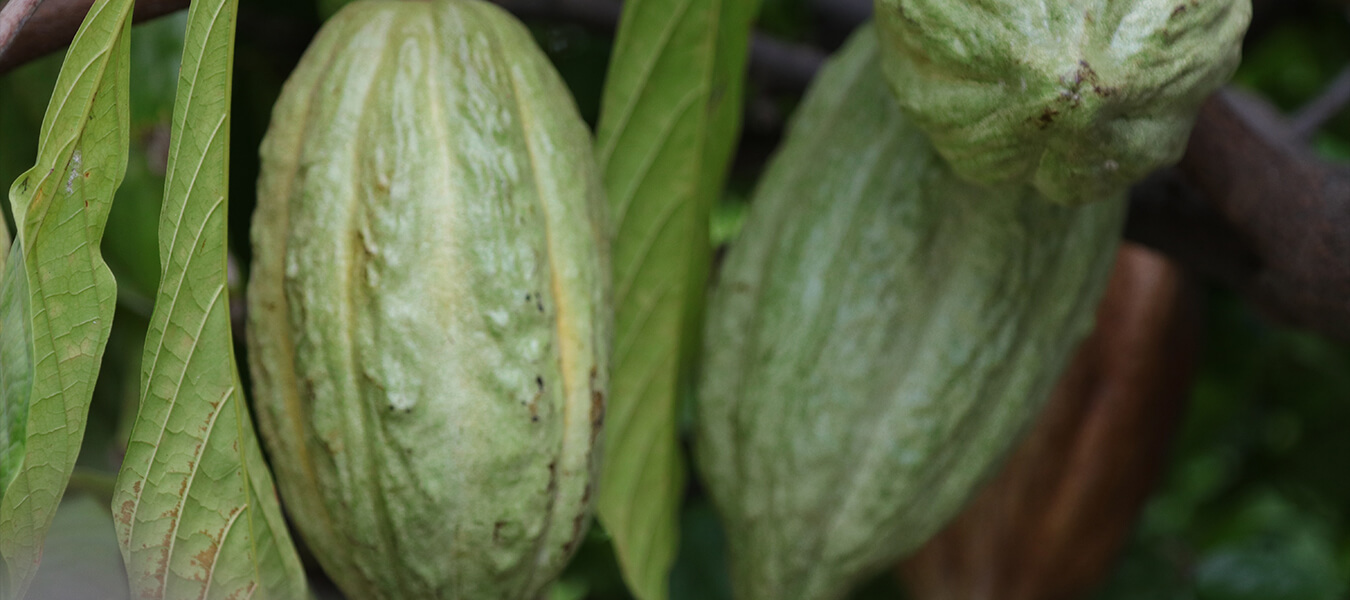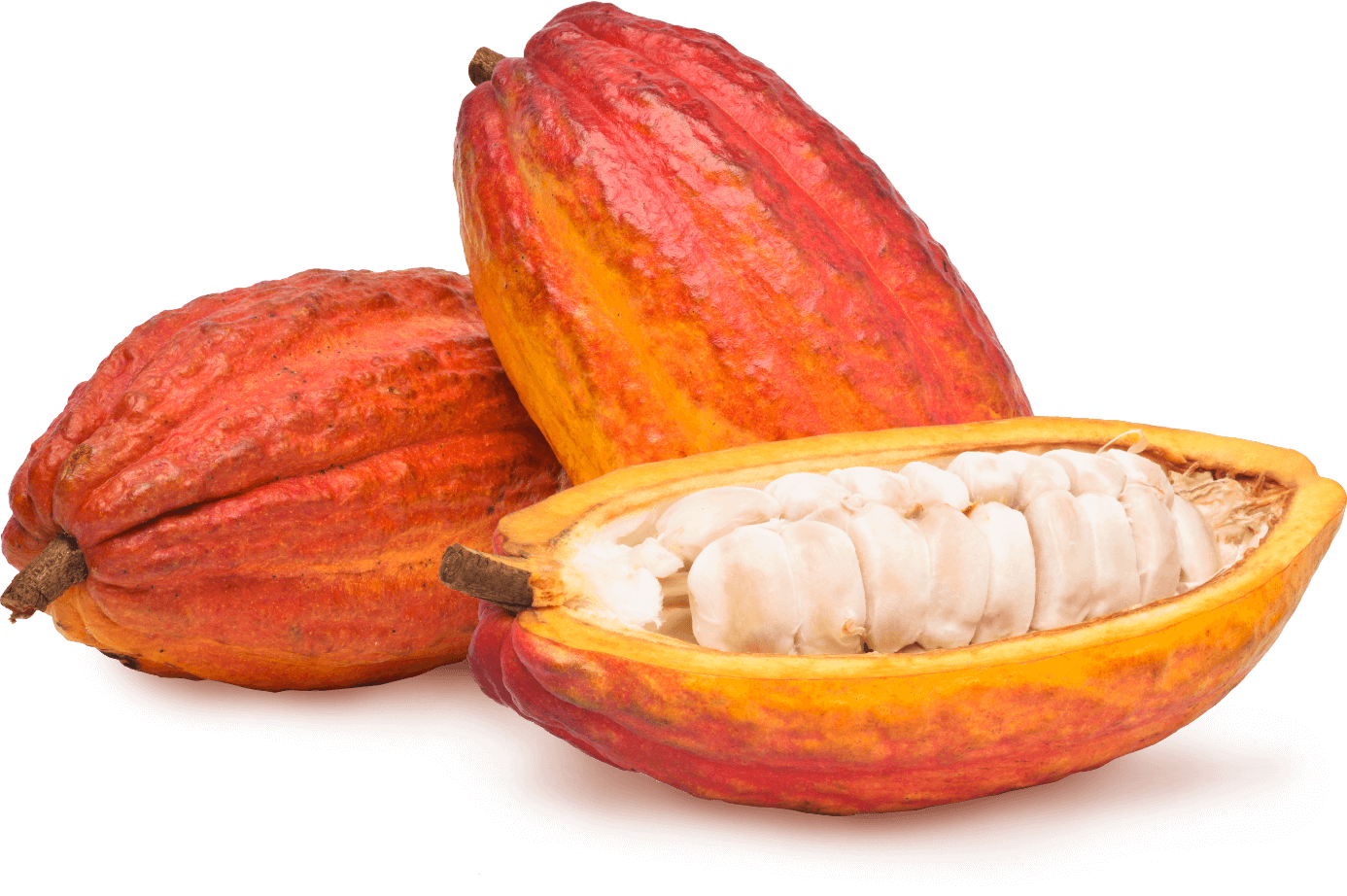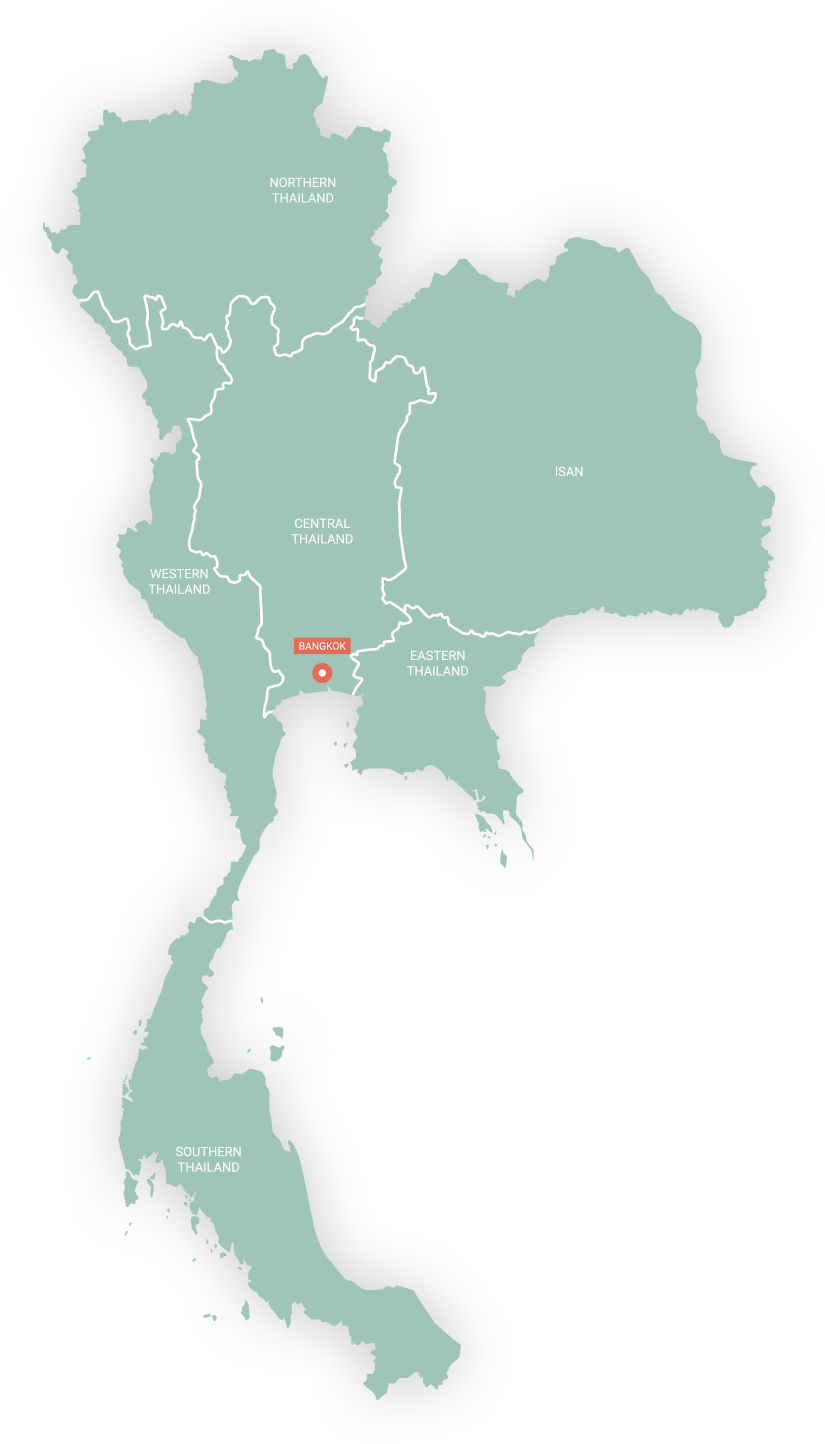Historical records reveal that, 3,000 years ago, the Olmecs, the first people to inhabit the tropical rainforest in the southern part of Veracruz along the Gulf of Mexico, used the word “cocoa” and described how the cocoa tree thrived under hot, humid, and shady conditions, much like the conditions of the land the Olmecs occupied. Therefore, many historians believe that the first civilization to cultivate cocoa was the Olmecs, not the Aztecs, as commonly believed. Then, centuries after the collapse of the Olmec empire, the Mayans founded their empire on the expansive plains in what is today southern Mexico, stretching from the Yucatán Peninsula in Central America to Chiapas and the Pacific coast. Cocoa trees thrive in the hot, humid, rainy climate of Guatemala. The Mayan name for the cocoa tree was “cacahuaquchtl”. The Mayans believed it was the tree of the gods and the fruits that it bore were divine gifts for humans.
The Mayans were the first people to create a drink of bitter taste from the cocoa beans, and they considered it a superb drink fit only for royalty and high-ranking aristocrats. Evidence of the Mayans’ exploitation of cocoa was found in a depiction on a clay vase that was unearthed in 1984 in Guatemala. When the Mayan empire collapsed around 900 A.D., the Toltecs and the Aztecs occupied the former Mayan territories. The Aztecs believed that their deity, Quetzalcoatl, brought the cocoa bean from heaven and taught human beings to cultivate it. A rock carving depicts an Aztec holding the cocoa fruit.
On August 15, 1502, during his fourth voyage to the New World, Columbus became the first European to come into contact with the cocoa. The Spanish explorer Hernán Cortés discovered the significance of cocoa beans and wrote a letter to King Carlos I of Spain in 1528 to report that chocolate, which was called “Xocoatl”, was a drink that boosted immunity and helped to prevent drowsiness. Cortés presented cocoa beans to the Spanish royal court, along with instructions for how to flavor the drink with spices. By the 17th century, chocolate became a common drink that spread throughout Europe.
In 1828, the Dutch chemist Coenraad van Houten was able to extract cocoa butter from liquid chocolate. The result was cocoa powder. He patented the method for pressing the fat from roasted cocoa beans, as, by nature, there is too much cocoa butter to be digestible by humans.
In 1848, Coenraad van Houten came up with a process for making instant, ready-to-eat chocolate by adding cocoa butter and sugar to liquid chocolate.
The Dutch and the Spanish introduced the cocoa and disseminated its cultivation throughout Southeast Asia during the 16th and 17th centuries.

